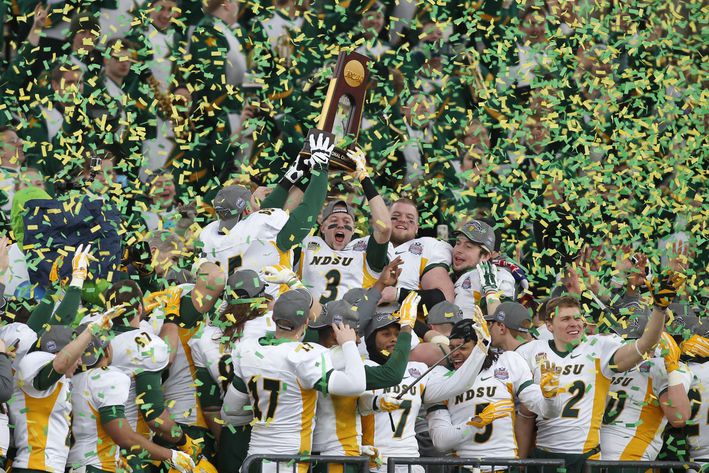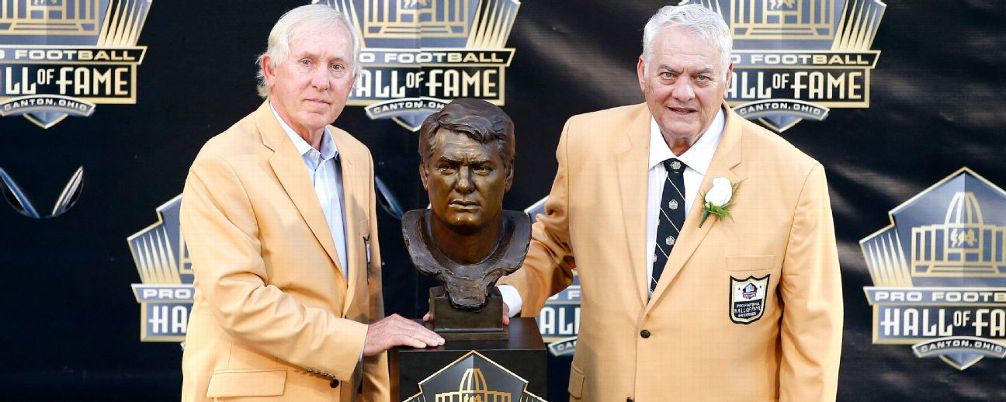RIP CHOCOLATE THUNDER
Legendary dunker, basketball pioneer, and citizen of Planet Lovetron Darryl Dawkins dies at 58
Darryl Dawkins was once summoned in the Philadelphia 76ers' locker room to meet a celebrity who wanted to meet the man known for dunking with backboard-breaking force.
The guest was Grammy Award winner Stevie Wonder. The entertainer is blind, yet even he could tell there was something unique about Dawkins' game.
"A guy who never saw me," a beaming Dawkins said in a 2011 interview, "gave me the name 'Chocolate Thunder.'"
The name stuck, and the rim-wrecking, glass-shattering dunks remain unforgettable -- as will the giant of a man who changed the game with them.
Dawkins died Thursday at a hospital in Allentown, Pennsylvania, according to the Lehigh County coroner's office. He was 58, and even though officials said an autopsy would be performed Friday, his family released a statement saying the cause of death was a heart attack.
"Darryl touched the hearts and spirits of so many with his big smile and personality, ferocious dunks, but more than anything, his huge, loving heart," his family said.
Dawkins spent parts of 14 seasons in the NBA with Philadelphia, New Jersey, Utah and Detroit. He averaged 12.0 points and 6.1 rebounds in 726 regular-season games. His 57.2 field goal percentage is seventh best in NBA history.
"The NBA family is heartbroken by the sudden and tragic passing of Darryl Dawkins," NBA commissioner Adam Silver said in a statement. "We will always remember Darryl for his incredible talent, his infectious enthusiasm and his boundless generosity. He played the game with passion, integrity and joy, never forgetting how great an influence he had on his legions of fans, young and old."
Dawkins was selected No. 5 in the 1975 NBA draft by the 76ers. He was the first high school player to be taken in the first round of the draft.
Dawkins was as revered off the court as he was on it. He remained enormously popular after his playing days were done, even during his stint as a member of the Harlem Globetrotters.
He would name his dunks -- the "Look Out Below," the "Yo-Mama" and the "Rim Wrecker" among them -- and often boasted that he hailed from the "Planet Lovetron."
Jim Spanarkel played with Dawkins in Philadelphia during Spanarkel's rookie season in 1979-80. He said Dawkins often entertained reporters postgame.
"If you were a writer, he was a delight because everything that came out of his mouth was shocking or entertaining," Spanarkel said. "Win or lose, every night I could barely get to my locker."
Dawkins' shows of force unquestionably changed the game. The NBA soon went to breakaway rims and mandated that backboards be shatter-resistant.
"One night, first time he broke a backboard, and I remember going back to the locker room because there was a delay," Spanarkel said. "I remember him yelling that he broke a backboard and that he wanted to renegotiate his contract because he could break a backboard.
More tributes poured in quickly from across the league, including from the 76ers.
"Simply put, Darryl Dawkins was beloved -- by his family, friends, former teammates and his fans all over the globe," 76ers CEO Scott O'Neil said. "His endearing charm, infectious smile and unparalleled sense of humor will be sorely missed. 'Chocolate Thunder' will always have a special place in our hearts."
Injuries plagued Dawkins late in his NBA career, and he went overseas for several years to play in the Italian league. He briefly had stints in the Continental Basketball Association and the International Basketball Association. He also coached at times, at both the minor league and junior college levels.
He averaged double digits in nine consecutive NBA seasons, with his best year likely being the 1983-84 campaign for New Jersey. He averaged a career-best 16.8 points per game that season, with only foul trouble -- 386 that season, still a league record -- holding him back.
"Darryl Dawkins is the father of power dunking," Shaquille O'Neal once said. "I'm just one of his sons."
The Associated Press, ESPN's Ohm Youngmisuk and ESPN Stats & Information contributed to this report.
The guest was Grammy Award winner Stevie Wonder. The entertainer is blind, yet even he could tell there was something unique about Dawkins' game.
"A guy who never saw me," a beaming Dawkins said in a 2011 interview, "gave me the name 'Chocolate Thunder.'"
The name stuck, and the rim-wrecking, glass-shattering dunks remain unforgettable -- as will the giant of a man who changed the game with them.
Darryl Dawkins' dunks were too powerful to be contained by our rims:
Dawkins said he didn't try to break the first one, but did try the second time. Then we changed our rims to fit him.
Dawkins died Thursday at a hospital in Allentown, Pennsylvania, according to the Lehigh County coroner's office. He was 58, and even though officials said an autopsy would be performed Friday, his family released a statement saying the cause of death was a heart attack.
"Darryl touched the hearts and spirits of so many with his big smile and personality, ferocious dunks, but more than anything, his huge, loving heart," his family said.
Dawkins spent parts of 14 seasons in the NBA with Philadelphia, New Jersey, Utah and Detroit. He averaged 12.0 points and 6.1 rebounds in 726 regular-season games. His 57.2 field goal percentage is seventh best in NBA history.
"The NBA family is heartbroken by the sudden and tragic passing of Darryl Dawkins," NBA commissioner Adam Silver said in a statement. "We will always remember Darryl for his incredible talent, his infectious enthusiasm and his boundless generosity. He played the game with passion, integrity and joy, never forgetting how great an influence he had on his legions of fans, young and old."
Dawkins was selected No. 5 in the 1975 NBA draft by the 76ers. He was the first high school player to be taken in the first round of the draft.
Dawkins was as revered off the court as he was on it. He remained enormously popular after his playing days were done, even during his stint as a member of the Harlem Globetrotters.
He would name his dunks -- the "Look Out Below," the "Yo-Mama" and the "Rim Wrecker" among them -- and often boasted that he hailed from the "Planet Lovetron."
Jim Spanarkel played with Dawkins in Philadelphia during Spanarkel's rookie season in 1979-80. He said Dawkins often entertained reporters postgame.
"If you were a writer, he was a delight because everything that came out of his mouth was shocking or entertaining," Spanarkel said. "Win or lose, every night I could barely get to my locker."
Dawkins' shows of force unquestionably changed the game. The NBA soon went to breakaway rims and mandated that backboards be shatter-resistant.
"One night, first time he broke a backboard, and I remember going back to the locker room because there was a delay," Spanarkel said. "I remember him yelling that he broke a backboard and that he wanted to renegotiate his contract because he could break a backboard.
More tributes poured in quickly from across the league, including from the 76ers.
"Simply put, Darryl Dawkins was beloved -- by his family, friends, former teammates and his fans all over the globe," 76ers CEO Scott O'Neil said. "His endearing charm, infectious smile and unparalleled sense of humor will be sorely missed. 'Chocolate Thunder' will always have a special place in our hearts."
Injuries plagued Dawkins late in his NBA career, and he went overseas for several years to play in the Italian league. He briefly had stints in the Continental Basketball Association and the International Basketball Association. He also coached at times, at both the minor league and junior college levels.
He averaged double digits in nine consecutive NBA seasons, with his best year likely being the 1983-84 campaign for New Jersey. He averaged a career-best 16.8 points per game that season, with only foul trouble -- 386 that season, still a league record -- holding him back.
"Darryl Dawkins is the father of power dunking," Shaquille O'Neal once said. "I'm just one of his sons."
The Associated Press, ESPN's Ohm Youngmisuk and ESPN Stats & Information contributed to this report.





































